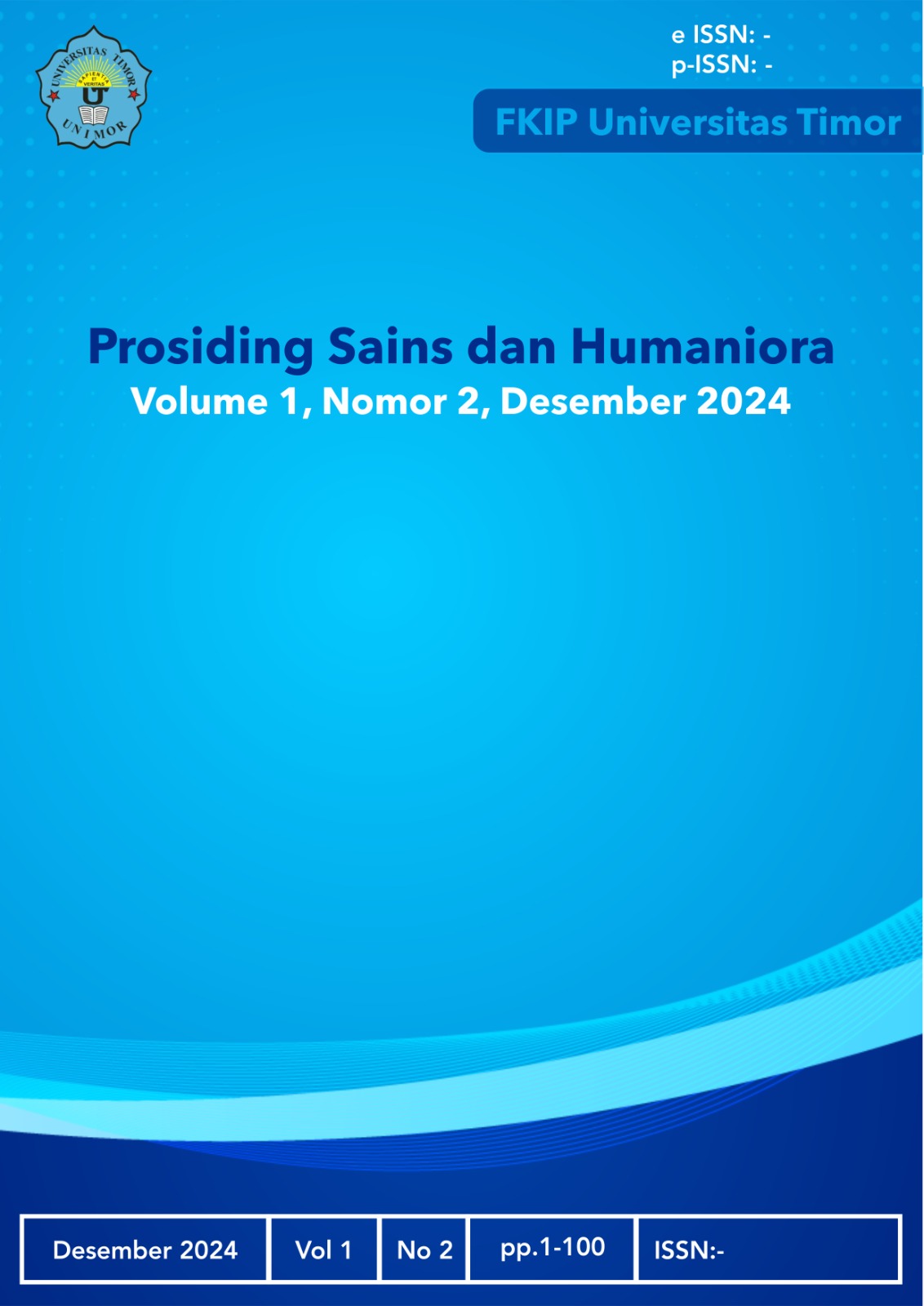PENYISIPAN INVISIBLE WATERMARKING PADA CITRA GAMBAR MENGGUNAKAN TRANSFORMASI WAVELET DISKRIT HAAR
Abstract
Watermarking is done to protect the copyright of digital images by inserting confidential information into digital data in the form of images, videos, text, or audio. One of the methods used in inserting watermarks is the discrete wavelet transform (DWT) method with the Haar filter. The purpose of this study is to determine the application of the DWT method in inserting watermarks into image images and to determine the effect of watermark intensity on file types in determining the quality value of images that have been watermarked. In this study, the results of the application of the DWT process in inserting unknown watermarks were obtained by decomposing the original image into four subbands LL, LH, HL, HH. Watermark insertion in the LL subband with an alpha value varying between 0.00001-0.1. The effect of the alpha value is based on the file type, namely if the alpha value is greater, the image quality based on the SC (Structural Content) value is coarser. The image produced from the watermark insertion process in the .tiff format produces a rougher image while the .gif format produces the smallest SC value because it has a sharper image. Then based on the MSE and PSNR values, the same value is produced for all types of files. The smaller the alpha, the smaller the MSE value and the better or larger the PSNR value, and vice versa.

